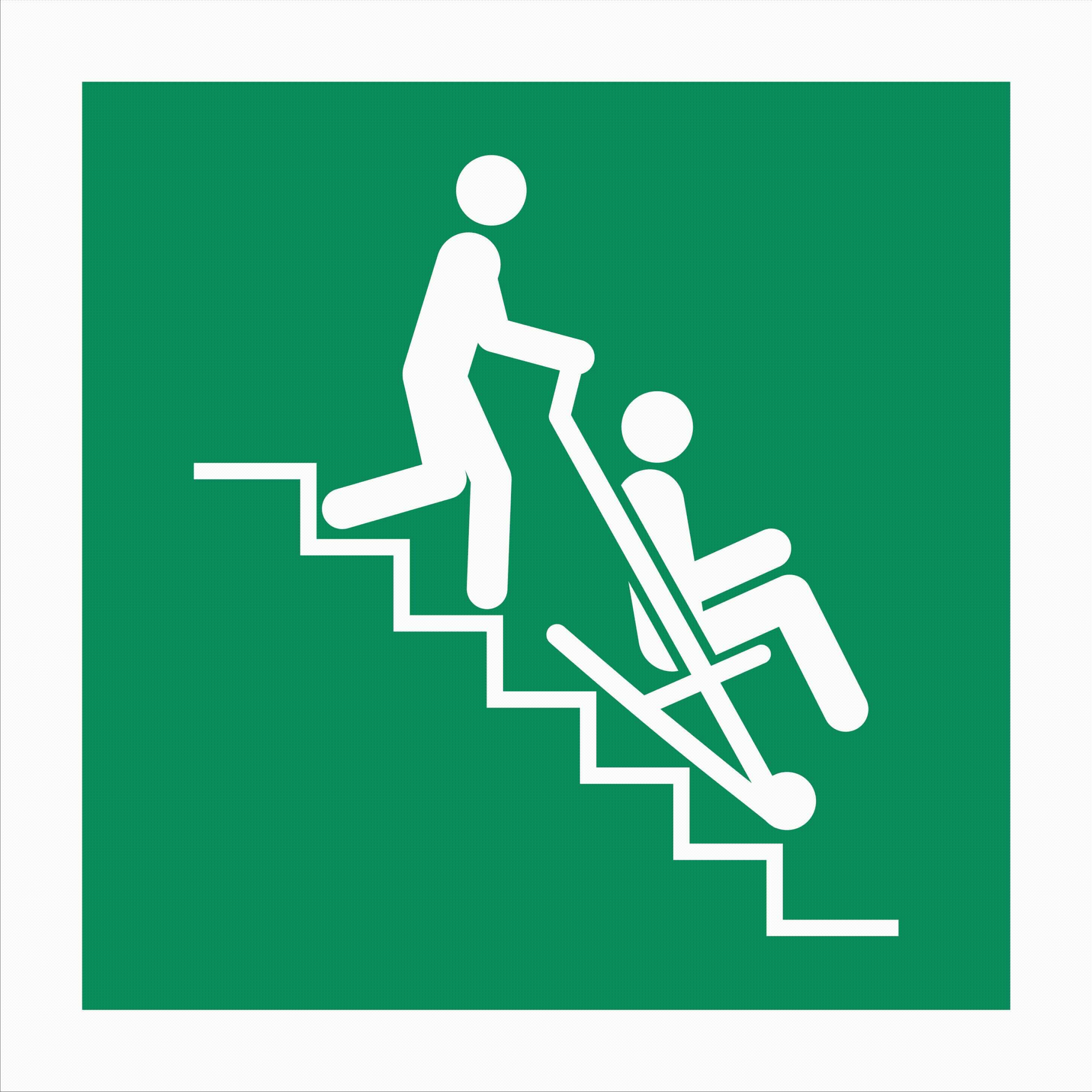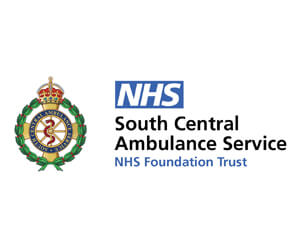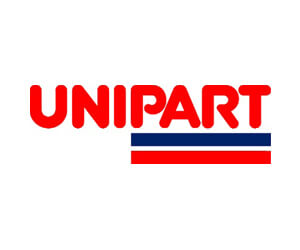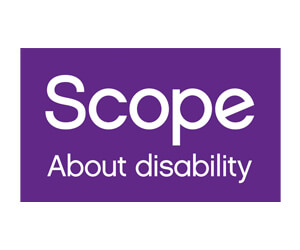
A Guide to the HSE ART tool
In our last article we explored the tools that the Health and Safety Executive (HSE) has made available to help with the identification of workplace risks associated with manual handling activities. The free tools are very helpful when it comes to making vital risk assessments that could prevent handlers developing musculoskeletal disorders.
We looked at the MAC tool, designed to assess the risks posed by lifting, carrying and lowering manual handling activities; the V-MAC tool for assessing risks for lifting and carrying variable weight loads; the RAPP tool for pushing and pulling, and the ART tool, used to assess the risks associated with repetitive upper limb tasks.
It is this last tool, the ART tool, that we are taking a closer look at in this post, because it fulfils a very important role.
About upper limb disorders
Musculoskeletal disorders (MSDs) are the most common occupational illness in the United Kingdom. Almost half of the thousands of people affected every year suffer joint injuries and repetitive strain injuries of various types affecting the upper limbs and neck. These include soft tissue, muscle, ligament and tendon damage to the fingers, hands, arms, shoulders and neck resulting in stiffness, tenderness, tingling, numbness, weakness, pain and swelling.
Common types of work-related upper limb disorders are carpal tunnel syndrome; non-specific arm pain; tenosynovitis (tendon inflammation) and lateral epicondylitis (tennis elbow).
Approximately one in ten working days lost can be attributed to upper limb disorder pain, with the average sickness absence taken 13 days. The cost of this to businesses is significant.
How the ART tool works
Repetitive upper limb tasks involve a sequence of actions of the upper limbs which are repeated every few minutes or perhaps more frequently. The tasks are usually performed for a minimum of one to two hours per day or shift and the risks involved are repetition, force, posture and working environment.
To help with risk assessment tasks, the HSE developed the ART (Assessment of Repetitive Tasks) tool. The tool is used to assess the frequent handling of light loads or other repetitive tasks that can contribute to upper limb disorders.
The ART tool is particularly useful as it looks at repetitive strain issues where non-neutral positions and repetition are key risk factors. It makes it possible to identify issues that would normally go unnoticed during a regular manual handling risk assessment.
Once a full assessment has been conducted using the ART tool, a system for interpreting the overall result is provided together with advice on the need for any further action.
For those involved in assessing manual handling risks for repetitive tasks, the ART tool should be considered a highly useful means to reducing workplace injuries and illnesses.
Manual Handling Risk Assessment Course from Alistair Bromhead Ltd
The ART tool and all the HSE tools are part and parcel of the Alistair Bromhead Ltd Manual Handling Risk Assessment course. The course is most often run in-house so that we can use real life situations to demonstrate how the tool can be best used to reduce the actual risks faced.
Courses can be booked by calling 07932 674707 or by emailing info@abromhead.co.uk. The same contact details can be used for enquiries about our full range of manual handling courses.































